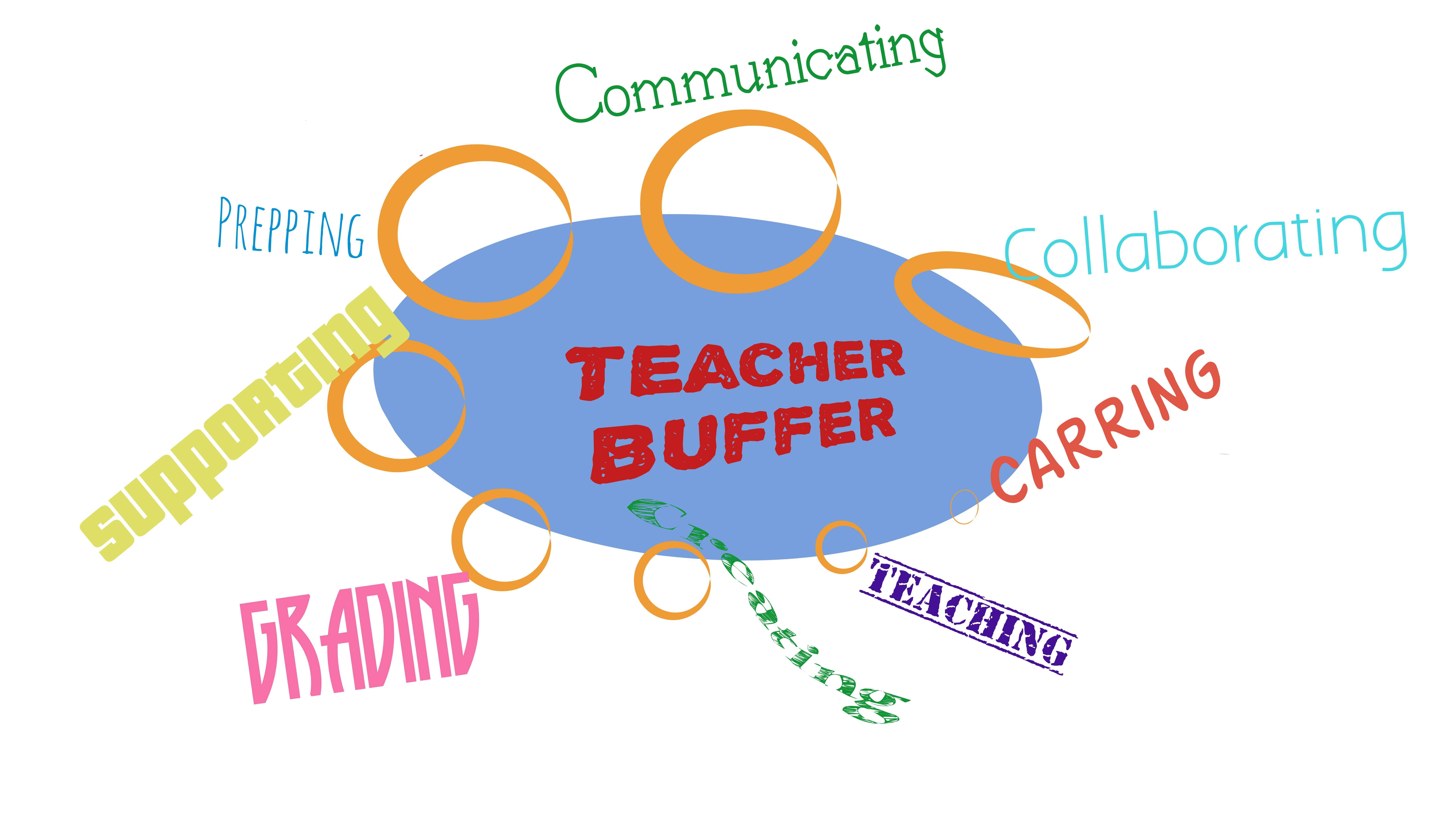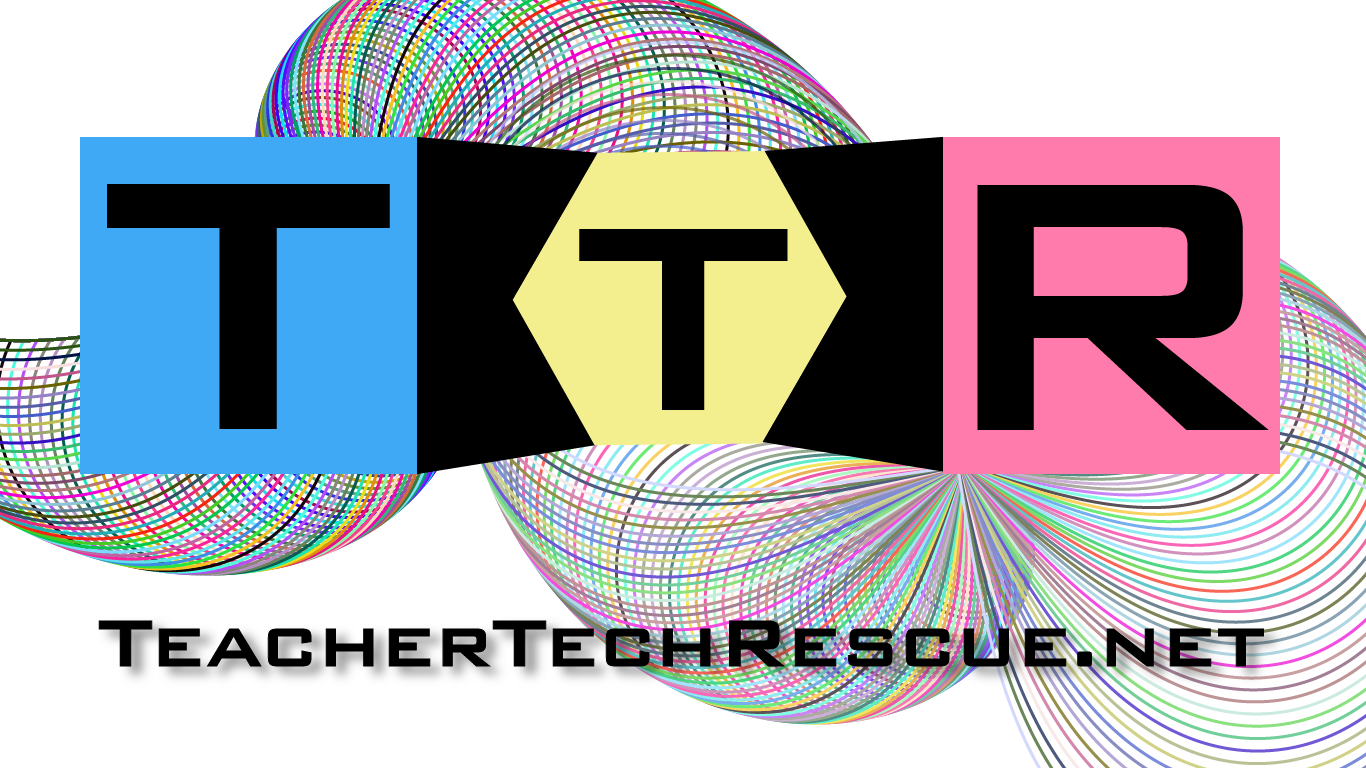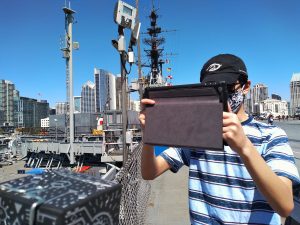Teachers can NOT begin distance learning overnight and achieve same outcomes during a national emergency!
– Kevin T. White
Recently, I had the pleasure of presenting via Zoom for an audience in Zhejiang, China, sharing my Distance Learning (DL) experience from my past semester teaching in San Diego, California. As I awaited for my turn to speak, I wanted to make sure that there was something I really emphasized, a sort of Big Takeaway from my Distance Learning blunders. Surprisingly, it wasn’t a specific tool or curriculum I wanted to emphasize the way I usually would, it was how I approached use of my time. Time is the one thing we never have enough of as educators, and throughout new Distance Learning transformation, time was invested, sometimes, time was even wasted. Precious time was often lost, thousands of times over by teachers around the world!
Let me preface this by plainly stating that this process was more of an experiment that I embarked upon necessitated by the need for more time more so than any sort of official study or formally documented endeavor. I have taught online for years at The Learning Choice Academy (the K-12 Charter where I teach is already considered a hybrid program), so my hurdles were more vast than they were insurmountable, because I teach so many subjects across many grade levels. I actually launched the first completely teacher driven asynchronous online course at my school several years back, but all of my other courses usually require actual attendance, employing a blended learning model. However, my first step into this abyss of this DL was really more of a stumble, and finding my feet became all about balance that I achieved by actively (I’ll argue even aggressively) making time to connect in powerful ways with my students.
Knowing what it takes to design great online learning experiences, throughout the first few weeks, I attempted to rewrite lessons, projects and direct instruction for all of my courses for the new DL model; only to realize two weeks in that I was neglecting many of the other more important pieces: checking in with at risk students, supporting parents and other staff and finding some semblance of work-life balance. After a few weeks dedicated entirely to rewriting assignments to the point of exhaustion, I soon realized what I needed was a buffer. I needed something to give me the space I needed to really reinvent my courses while simultaneously keeping students engaged and learning using options I had not employed previously. Redesigning several different courses piece by piece, lesson by lesson, was not going to be sustainable.

Direct Instruction is just one part of the Distance Learning model. Don’t let the many equally important pieces slip into your periphery, and if they do, create a Teacher Buffer to give yourself time to bring them back into focus!
Creating My Buffer
Some districts, like San Diego Unified School District (SDUSD), brilliantly established a buffer for their students and staff by breaking away from school for a few weeks to hit the reset button and plan. Although many parents resented the fact that their kids were at home without school for weeks on end, in the long run, the strategy really paid off, as staff received much needed training in Canvas LMS, digital tools and curriculum options. This time gave teachers the opportunity to share, modify, design and revise their courses so they could approach the rest of the school year feeling both empowered and confident.
Since I am at a charter school, we decided to stick to the scheduled program and just hit the DL switch. This was a bold approach, but we all stepped up to the plate not even fully aware of the rules of the game. So how do you create a buffer when we are overwhelmed, stretched too thin or just so exhausted you feel like we are starting to go a little insane? The solution I found was in free online curriculum with live student tracking! Although I usually detest many of these when used in classrooms as sort of babysitter curriculum for lazy teachers, I was shocked to see how far many of these options had come and how powerful they were. Some of these powerful and costly curriculum options were offering free teacher/student promotional use during the COVID crisis. For my Gateway to Tech courses, I took advantage of CoderZ, a virtual robotic curriculum, which has a Graphical User Interface (GUI) so powerful it can freeze your browser, so get close to your router!
The simple success of this story comes from the connections it allowed me to make with students I otherwise would have lost in the mix if I were spending the same exhaustive time rewriting lessons. My first couple of entries into the gradebook cross referenced with Zoom session attendance didn’t reveal much of anything surprising. The usual suspects were inattentive, delinquent and missing submissions. But, after two or three weeks, there were a number of students in just about every class that started disappearing, dropping out of contact, or were missing weeks worth of submissions. Being able to not only recognize this, but email and communicate with parents and staff about these outliers was absolutely essential to making our DL model work as well as it did. The buffer gave me room to prep the last 6 weeks more thoughtfully and communicate and support where it counted most. Otherwise, I’d have been pecking away on my laptop, writing assignments and projects until the wee hours of the morning, only to realize in May, when it is far too late to salvage lost learning, I’d have left nearly half the class in the dust!
Once the buffer was established and I had freed up time, I was able to offer more instructional sessions, office hours and various help meet ups. Not only did kids who needed help come to these sessions I offered on Fridays, but their classmates actually came to help sessions to share their learning and help fellow classmates!!! It was some of the most organic and authentic learning these kids did all year. Learning when to get help and how to help peers is a far more important life skill than any standard I was supposed to be teaching in the spring.
Don’t mistake these little successes I mentioned for a sweeping triumph. This last spring semester was in fact messy for me, and I am a seasoned learning designer and veteran! It was not easy, and it was not comfortable for teachers or learners. However, I like to think there is some celebration in the accomplishments of these students and the teachers who stepped up to the DL plate, and maybe we didn’t hit it out of the park, but we all made contact and kept swinging when it counted! Next year, when you get overwhelmed, don’t feel guilty. Give yourself some space to zoom out and refocus on the bigger picture. I owe a huge portion of that success to these amazing free (some were only demo or trial based) curriculum options that gave me the Teacher Buffer I needed to zero in on the more important stuff and make sure learning was happening for students across the entire learning spectrum:
| STEM | Comp Sci | Humanities | |
| Free Curriculum (Most with Student Tracking) | |||
| Bonus: Web Tools and Resources |




